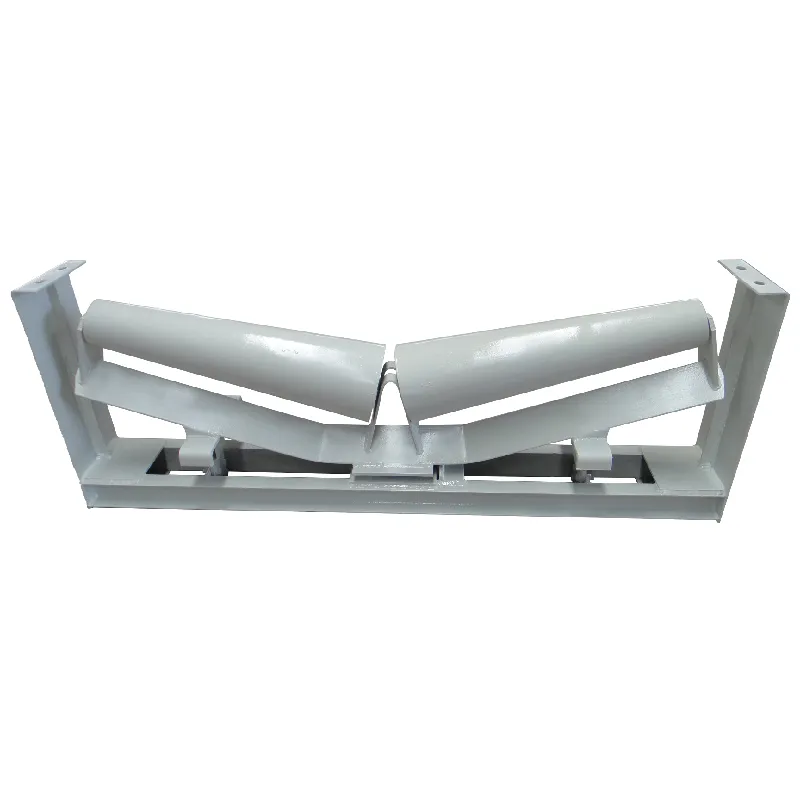 Afrikaans
Afrikaans  Albanian
Albanian  Amharic
Amharic  Arabic
Arabic  Armenian
Armenian  Azerbaijani
Azerbaijani  Basque
Basque  Belarusian
Belarusian  Bengali
Bengali  Bosnian
Bosnian  Bulgarian
Bulgarian  Catalan
Catalan  Cebuano
Cebuano  Corsican
Corsican  Croatian
Croatian  Czech
Czech  Danish
Danish  Dutch
Dutch  English
English  Esperanto
Esperanto  Estonian
Estonian  Finnish
Finnish  French
French  Frisian
Frisian  Galician
Galician  Georgian
Georgian  German
German  Greek
Greek  Gujarati
Gujarati  Haitian Creole
Haitian Creole  hausa
hausa  hawaiian
hawaiian  Hebrew
Hebrew  Hindi
Hindi  Miao
Miao  Hungarian
Hungarian  Icelandic
Icelandic  igbo
igbo  Indonesian
Indonesian  irish
irish  Italian
Italian  Japanese
Japanese  Javanese
Javanese  Kannada
Kannada  kazakh
kazakh  Khmer
Khmer  Rwandese
Rwandese  Korean
Korean  Kurdish
Kurdish  Kyrgyz
Kyrgyz  Lao
Lao  Latin
Latin  Latvian
Latvian  Lithuanian
Lithuanian  Luxembourgish
Luxembourgish  Macedonian
Macedonian  Malgashi
Malgashi  Malay
Malay  Malayalam
Malayalam  Maltese
Maltese  Maori
Maori  Marathi
Marathi  Mongolian
Mongolian  Myanmar
Myanmar  Nepali
Nepali  Norwegian
Norwegian  Norwegian
Norwegian  Occitan
Occitan  Pashto
Pashto  Persian
Persian  Polish
Polish  Portuguese
Portuguese  Punjabi
Punjabi  Romanian
Romanian  Russian
Russian  Samoan
Samoan  Scottish Gaelic
Scottish Gaelic  Serbian
Serbian  Sesotho
Sesotho  Shona
Shona  Sindhi
Sindhi  Sinhala
Sinhala  Slovak
Slovak  Slovenian
Slovenian  Somali
Somali  Spanish
Spanish  Sundanese
Sundanese  Swahili
Swahili  Swedish
Swedish  Tagalog
Tagalog  Tajik
Tajik  Tamil
Tamil  Tatar
Tatar  Telugu
Telugu  Thai
Thai  Turkish
Turkish  Turkmen
Turkmen  Ukrainian
Ukrainian  Urdu
Urdu  Uighur
Uighur  Uzbek
Uzbek  Vietnamese
Vietnamese  Welsh
Welsh  Bantu
Bantu  Yiddish
Yiddish  Yoruba
Yoruba  Zulu
Zulu self cleaning return idlers
Self-Cleaning Return Idlers Enhancing Conveyor Efficiency
In the modern industrial landscape, the efficiency of material handling systems is paramount. Among the many components that contribute to operational efficiency in conveyor systems, the return idler plays a crucial role. Traditional return idlers, while effective, often require maintenance to clear debris, which can interrupt operations and increase costs. This has led to the development of self-cleaning return idlers, an innovation designed to enhance conveyor efficiency while minimizing downtime.
Understanding Return Idlers
Before delving into the advantages of self-cleaning return idlers, it’s important to understand what return idlers are. Return idlers are rollers that support the return side of conveyor belts. They are essential for maintaining the alignment of the belt and assisting in its smooth operation. Over time, materials and debris tend to accumulate on these rollers, resulting in increased friction, wear and tear, and potential system failures.
The Problem with Traditional Idlers
Traditional return idlers require regular maintenance to ensure they operate efficiently. This maintenance often involves manual cleaning or, in some cases, replacing parts that have been damaged due to debris accumulation. Such maintenance tasks can lead to significant downtime, disrupting the entire material handling process, and resulting in lost productivity. Additionally, the labor costs associated with maintenance can be considerable, adding to the overall operational expenses.
Innovation in Design Self-Cleaning Return Idlers
Self-cleaning return idlers represent a significant leap forward in conveyor technology. Designed with innovative mechanisms that automatically remove debris and material buildup, these idlers drastically reduce the need for manual cleaning. The self-cleaning feature typically involves angled rollers or integrated cleaning devices that work in conjunction with the motion of the conveyor belt. As the belt moves, any material clinging to the return idlers is dislodged and directed back onto the conveyor system or to designated areas for proper disposal.
self cleaning return idlers

Benefits of Self-Cleaning Return Idlers
1. Reduced Maintenance Costs One of the most significant advantages of self-cleaning return idlers is the reduction in maintenance costs. With less need for manual cleaning and fewer parts wearing out prematurely, companies can allocate resources to more critical areas of the operation.
2. Increased Operational Efficiency With the self-cleaning capability, these idlers help maintain a consistent and smooth operation of the conveyor system. Reduced friction and wear lead to improved efficiency, allowing companies to move materials faster and with less energy consumption.
3. Enhanced Safety Accumulated debris can pose safety hazards in industrial environments. By minimizing the buildup of materials on return idlers, self-cleaning designs help maintain a safer working environment, reducing the risk of accidents related to equipment failure or injuries.
4. Extended Equipment Longevity By alleviating the wear on return idlers caused by debris, self-cleaning systems help extend the lifespan of the conveyor system. This means that companies can invest in more durable machinery with less frequent need for replacements.
5. Environmentally Friendly The design of self-cleaning return idlers can also contribute to more sustainable operations. By reducing waste and the need for materials used in maintenance, companies can operate with a smaller environmental footprint.
Conclusion
Incorporating self-cleaning return idlers into conveyor systems is not just a trend; it is a crucial step towards optimizing industrial operations. By minimizing maintenance costs, enhancing safety, and boosting efficiency, these innovative components are reshaping the way industries handle materials. As the demand for advanced technology in manufacturing and logistics continues to rise, self-cleaning return idlers will undoubtedly play a significant role in the evolution of conveyor systems. Moving forward, industries that embrace this innovation will be better positioned to withstand the competitive pressures of the market and operate more sustainably and efficiently.
-
Revolutionizing Conveyor Reliability with Advanced Rubber Lagging PulleysNewsJul.22,2025
-
Powering Precision and Durability with Expert Manufacturers of Conveyor ComponentsNewsJul.22,2025
-
Optimizing Conveyor Systems with Advanced Conveyor AccessoriesNewsJul.22,2025
-
Maximize Conveyor Efficiency with Quality Conveyor Idler PulleysNewsJul.22,2025
-
Future-Proof Your Conveyor System with High-Performance Polyurethane RollerNewsJul.22,2025
-
Driving Efficiency Forward with Quality Idlers and RollersNewsJul.22,2025





























